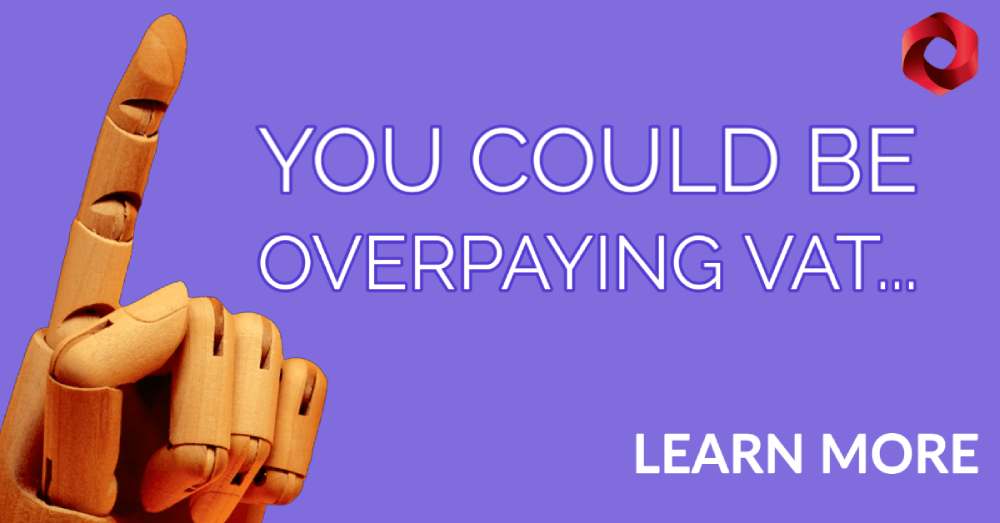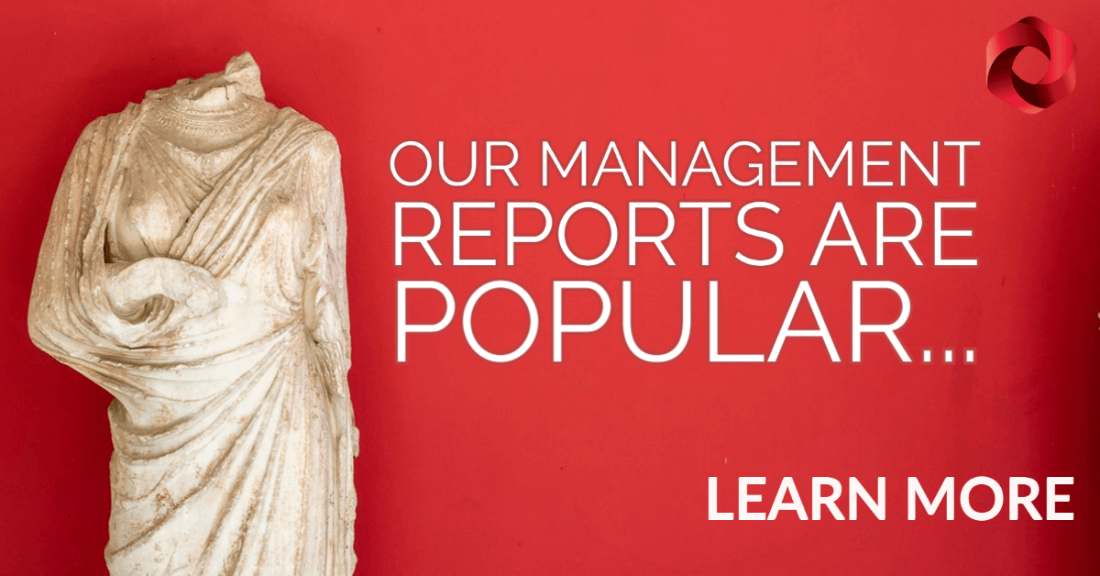Tax Reliefs And Employment Taxes
- June 2021
- 2 minutes
Often tax reliefs are part of defining the tax base. It is important to recognise that, while the provision of tax reliefs reflects government’s choices about where to place the tax burden, it would be unrealistic to assume that all the revenue that appears to be foregone through tax reliefs could be collected. Some reliefs simply help define the tax base and could not be otherwise collected.
The broader point about defining the tax base can be seen in various parts of the tax system. In 2019/20, the personal allowance cost £113 billion in income tax and £62 billion in National Insurance. These exemptions define the tax base by exempting those with the lowest incomes and their employers from paying taxes.
Higher allowances simplify the tax system by reducing the number of people who must pay the tax and reducing administrative costs. The impact of benefits, on the other hand, makes the whole situation more complicated. One of the goals of universal credit is to account for tax borne; lowering tax or national insurance usually means lowering the benefit.
 The cost of tax reliefs
The cost of tax reliefs
Some of the UK’s asset taxes offer reliefs that are greater than the amount of tax collected. For example, the cost of the £325,000 zero rate band in inheritance tax is around £17 billion, compared to the tax revenue of approximately £5 million. A similar point occurs in capital gains tax, where the annual cost of the main residence exemption is about £27 billion, compared to tax paid of some £8-10 billion. HMRC has not been able to make a reliable estimate of the cost of the £12,300 annual exempt amount but it is clear this considerably exceeds the tax raised.
As the proportion of GDP, the sum of all tax reliefs has increased from 16% to 21% since 2005/06(to2012/13), while tax revenues have decreased marginally. This increase is mainly explained by increases in the income tax personal allowance, the threshold for national insurance contributions, and the standard rate of VAT(because as the standard rate of VAT rises, so does the value of VAT reliefs). The value of tax expenditures has increased in real terms from £91 billion to £101 billion over this period(from 5.9% to 6.5% of GDP).
The International Monetary Fund reviews the financial systems of many countries. In reports on the UK have praised the UK’s overall disclosure and cost of the tax reliefs, but the IMF points out that the UK devoted a higher proportion of GDP to tax reliefs than do many other countries. The UK’s tax reliefs exceed France, Germany, and Canada but are below the US and Italy.
Employment taxes have been an area of significant focus for the Government with the 2021/22 tax year seeing several significant pieces of legislation being introduced.
 Off-payroll working changes
Off-payroll working changes
Prior to 6 April 2021, where a business in a private sector engaged a worker through an intermediary and the arrangements were suitably robust, the intermediary remained responsible for determing the employment status of the worker and operating PAYE and NIC, if required. However, the IR35 rules changed with effect from 6 April 2021 for medium and large employers, whereby the respoinsibility for determing employment status and withholding PAYE shifted up to the contractual chain. The ‘end client’ is responsible for determing the employment status of the worker. This bring further obligations which are also extended to public bodies. Preparing a status determination statement and transmitting it down the chain, as well as developing an appropriate dispute resolution process, are among them. Where the worker is deemed employed, the ‘fee payer,’ which is the business that contracts with the intermediary, is responsible for withholding PAYE and NIC due.
To be valid, a status determination statement must be prepared with reasonable care, which the end client must be able to demonstrate. There is minimal guidance on what constitutes reasonable care in its recommendations, which will be considered in light of the business’s talents, expertise, and circumstances.
 Key considerations for the 2021/22 tax year
Key considerations for the 2021/22 tax year
 Client led status disagreement process
Client led status disagreement process
Workers and deemed employers have the right to formally dispute an employment status assessment by providing representations as to why the original assessment was incorrect. While end clients may have avoided disputes by providing a status determination statement ahead of the 2021/22 tax year and agreeing on the workers employment status, workers and deemed employers have the right to formally dispute an employment status assessment by providing representations as to why the original assessment was incorrect.
During the engagement and prior to the final payment in regard to the engagement, the disagreement can be brought at any moment. End customers must reply to these representations within 45 days of receiving them, either by advising the worker that the initial status determination statement is correct or delivering an updated statement. The PAYE duty is transferred to the end client if a response is not supplied within the regulatory timeframe.
 Supply chain due to diligence
Supply chain due to diligence
Many businesses, especially those in the financial services industry, have attempted to circumvent the legislative changes by requiring all contractors to be on payroll (either through an umbrella company or an agency), obviating the need for a status determination statement and associated processes.
However, if organizations farther downstream do not correctly withhold PAYE, liability may occur. When there are offshore organizations in the contractual chain, or when the company hasn’t done its due diligence, the risk is increased. Businesses should ensure that they have enough contractual provisions in place to cover such risks, as well as to conduct a thorough analysis of their whole labour supply chain. In some cases of non-compliance, HMRC has the potential to transfer culpability up the supply chain and pass requirements on to the end-user.
 HMRC compliance approach
HMRC compliance approach
HMRC confirmed in its compliance strategy that businesses would not suffer penalties for inaccurate determinations in the first 12 months unless deliberate non-compliance with the rules can be evidenced. Where an incorrect self-employed assessment has been made, end clients remain liable for underpaid income tax and NIC. Furthermore, HMRC will need to validate that the error has been corrected and processed updated accordingly, which could include HMRC auditing all information relating to the off-payroll working population.
 Construction Industry Scheme
Construction Industry Scheme
Whilst the new VAT reverse charge rules for the construction industry were introduced from 1 March 2021, Finance bill 2021 also introduced several changes to the operation of the Construction Industry Scheme. It changed the threshold required for the business to be considered a ‘deemed’ contractor and restricted the ability of subcontractors to claim deductions for material costs incurred. It is worth noting the interaction between the off-payroll working rules-IR35 and the CIS. If the subcontractor falls within the IR35, this removes the requirement to operate the CIS(as the subcontractor will be considered a ‘deemed employee for tax purposes).
 Deemed contractor changes
Deemed contractor changes
Under the CIS some businesses and public bodies outside the mainstream construction industry that regularly carry out or commission construction work are brought within the scheme and deemed to be contractors. Since the 6th of April, a business is deemed contractor and must register for the Construction Industry Scheme where the cumulative expenditure on construction operations over a rolling 12 months period exceeds £3 million. HMRC has included transitional rules so that where a deemed contractor is currently caught by the rules, they will remain within the scope of the scheme until they are not expected to incur further expenditure on construction operations.
The legislation allows for only a limited grace period, allowing businesses that inadvertently o unexpectedly breach the deemed contractor threshold time to set up processes enabling them to operate the Construction Industry Scheme rules effectively. Business will need to develop a process to monitor their expenditure on construction operations to ensure that the threshold is not breached over the rolling 12 months.
 False documentation penalties
False documentation penalties
HMRC has the right to impose a potential subcontractor penalty of up to £3,000 where false documentation is used in support of gross payment status or reduced withholding. The legislation has been expanded to apply to the individuals or companies who can exercise influence or control over a person making the application.
 Material Deductions
Material Deductions
The government has amended the CIS legislation so that only the cost of materials purchased directly by a subcontractor is deductible for the legislation. The change was introduced as HMRC perceived that, in some cases multiple entities within the contractual chain could be claiming CIS offsets for materials they did not directly incur, raising concerns that scheme deductions were being artificially reduced.
 Cashflow within the supply chain
Cashflow within the supply chain
Prior to this, entities within the supply chain frequently reimbursed each other for materials costs incurred further downstream until the cost was borne by the client. As such, where subcontractors do not hold gross payment status, the changes will likely result in reduced cash flow.
Commercially, businesses are exploring changes to their engagement terms to avoid negative cash flow implications, including:
- Requiring subcontractors to invoice materials separately on delayed payment terms
- Changing the entity responsible for procuring materials
- Requiring the customer to pay an advance for the procurement of materials.
 Exiting the Construction Industry Scheme
Exiting the Construction Industry Scheme
Where a deemed contractor is caught by the CIS, the legislation allows the business to leave the scheme where it is ‘not expected to make any further expenditure on construction operations’ under any construction contract. Construction operations are broad and can cover minor ongoing works, It may be difficult in practice for a business to do so. Whilist the legislation makes it difficult to exit the CIS, HMRC has suggested in its guidance that where a business has spent less than £3 million on construction activities during the prior 12 months, it would accept a request to deregister as a deemed contractor.
These changes bring more complexity to the CIS and it is important that business seek to understand their impact quickly, as well as ensuring they retain suitable documentation and evidence.


